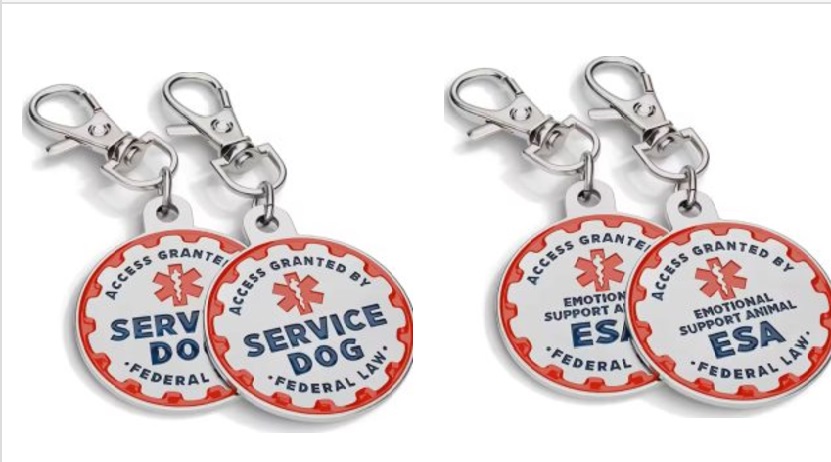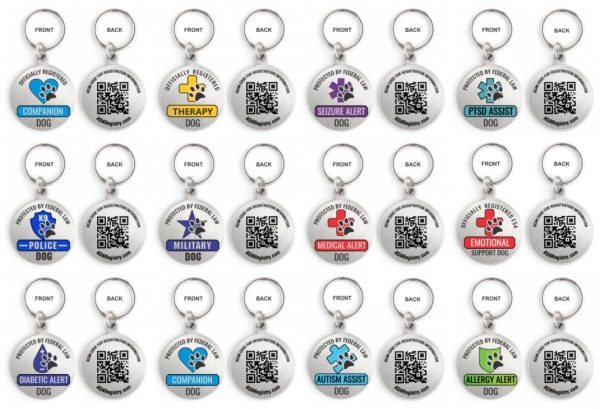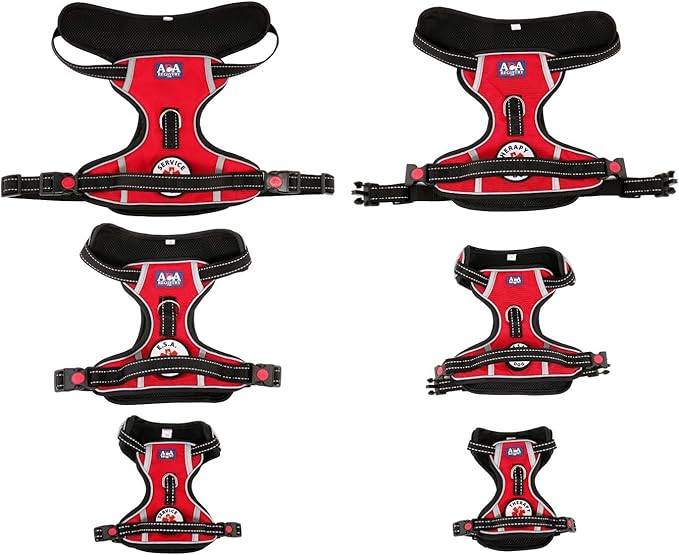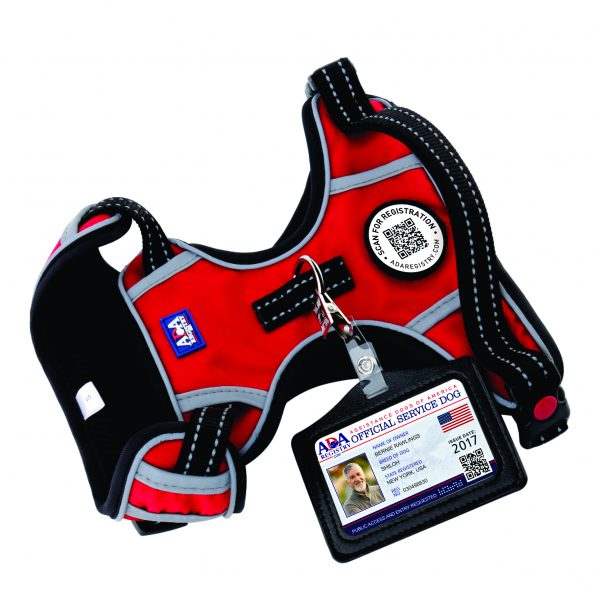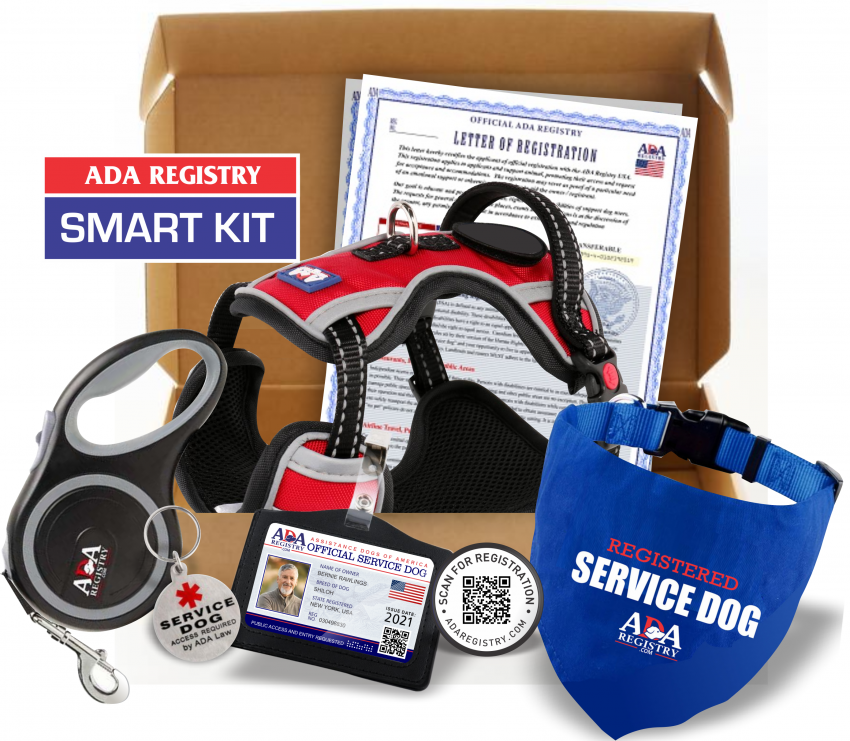Therapy Dog Information
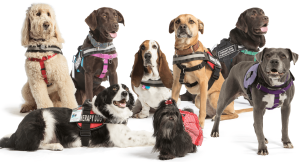 Therapy dogs are dogs that are used to bring comfort and joy to those who are ill or under poor conditions, such as those who have been affected by a natural disaster. Many people are able to connect with dogs and feel the love that they provide, and this has a therapeutic effect on them. Therapy dogs are generally very calm and well-behaved, so that they do not upset or make uncomfortable those around them.
Therapy dogs are dogs that are used to bring comfort and joy to those who are ill or under poor conditions, such as those who have been affected by a natural disaster. Many people are able to connect with dogs and feel the love that they provide, and this has a therapeutic effect on them. Therapy dogs are generally very calm and well-behaved, so that they do not upset or make uncomfortable those around them.
Therapy Dogs
Many people confuse Therapy Animals with Service Dogs. A therapy animal is most commonly a dog (but can be other species) that has been obedience trained and screened for its ability to interact favorably with humans and other animals. The primary purpose of a therapy animal is to provide affection and comfort to people in hospitals, retirement homes, nursing homes, schools, hospices, disaster areas, and to people with learning difficulties.
Therapy animals are privately owned and tend to visit facilities on a regular basis. A therapy animal is only half of the equation, however. A responsible, caring handler is an important member of the therapy animal team. At the end of a visit, therapy animals go home with their owners. Most commonly, therapy animals are dogs that have shown they like people and have the temperament to work with them.
Although therapy animals provide a very important therapeutic service to all kinds of people in need, they are NOT considered “service animals” and they and their handlers have no protections under federal law (ADA, the Fair Housing Act, Air Carrier Access Act, etc.). Some states, however, have laws that afford therapy animals and their handlers rights and protections.
Therapy animals may be classified into three different types:
Therapeutic Visitation
The first (and most common) are “Therapeutic Visitation” animals. These dogs are household pets whose owners take time to visit hospitals, nursing homes, detention facilities, and rehabilitation facilities. Visitation dogs help people who have to be away from home due to mental or physical illness or court order. These people often miss their own pets, and a visit from a visitation animal can brighten the day, lift spirits, and help motivate them in their therapy or treatment with the goal of going home to see their own pets.
Animal Assisted Therapy
The second type of therapy animal is called an “Animal Assisted Therapy” animal. These animals assist physical and occupational therapists in meeting goals important to a person’s recovery. Tasks that a dog can help achieve include gaining motion in limbs, fine motor control, or regaining pet care skills for caring for pets at home. Animal Assisted Therapy animal usually work in rehabilitation facilities.
Facility Therapy
The third type of therapy animal is called a “Facility Therapy Animal”. These animals primarily work in nursing homes and are often trained to help keep patients with Alzheimer’s disease or other mental illness from getting into trouble. They are handled by a trained member of the staff and live at the facility.
Therapy Animals must:
- Be well tempered
- Not shed excessively
- Well socialized (exposed to many environments)
- Love to cheer others up!
Not Registered Yet?








